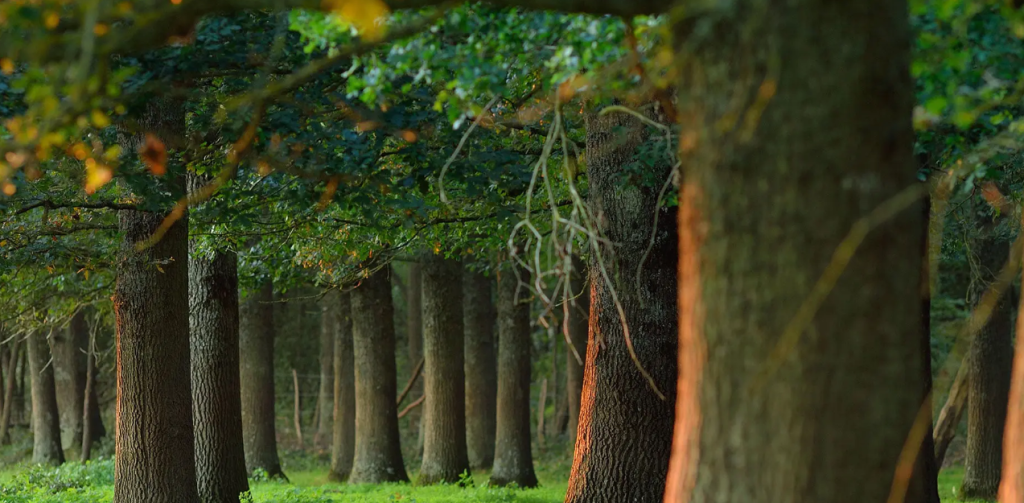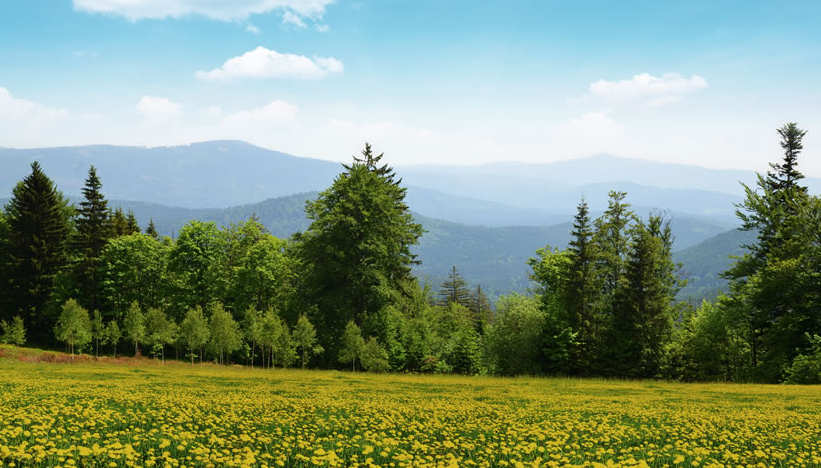Australia National Forest, the Daintree Forest is a natural wonder in Australia that is recognized as a world heritage site. This lush, tropical rainforest is located in the northeastern part of Australia and covers an area of 1,200 square kilometers. The forest is home to some of the world’s rarest and most unique species of flora and fauna, many of which are found nowhere else on the planet. In this article, we will explore the beauty and significance of Australia’s Daintree Forest, and how it is managed to ensure its preservation for future generations.
The Unique Ecosystem of the Daintree Forest
The Daintree Forest is a unique ecosystem that is home to an incredible array of species. The forest is home to over 430 species of birds, 12,000 species of insects, 13 species of snakes, and 30 species of freshwater fish, just to name a few. The forest is also home to some of the world’s most unique and rare flora, including the Cairns Birdwing Butterfly Vine, the White Aspen, and the Alexandra Palm.
The Importance of the Daintree Forest
The Daintree Forest is not just a beautiful natural wonder, but it also plays a vital role in the health of the planet. The forest acts as a carbon sink, helping to reduce the effects of climate change. It also provides essential habitat for many endangered species, including the Southern Cassowary, a large flightless bird that is found only in the rainforests of northeastern Australia. Additionally, the forest supports the livelihoods of many Indigenous communities who rely on the forest for traditional hunting and gathering practices.
Threats to the Australian National Forest
Despite its importance and recognition as a world heritage site, the Daintree Forest is facing many threats. One of the biggest threats is climate change, which is causing increased temperatures and changing weather patterns that are affecting the delicate balance of the ecosystem. Other threats include deforestation, habitat destruction, and invasive species. In particular, the introduced yellow crazy ant has caused significant damage to the forest ecosystem.
Managing the Daintree Forest
To protect the Daintree Forest, the Australian government has put in place several measures to manage the area. This includes zoning regulations to limit development and protect the forest from further deforestation. Additionally, the government has invested in programs to manage invasive species and restore damaged habitats. There are also ongoing efforts to promote sustainable tourism in the area, while minimizing the impact on the environment.
FAQs
Q1. Can I visit the Daintree Forest?
Yes, visitors are welcome to explore the Daintree Forest. There are many guided tours and eco-tourism experiences available, which allow visitors to learn about the unique ecosystem while minimizing their impact on the environment.
Q2. Are there any dangerous animals in the Daintree Forest?
Yes, like any natural environment, there are some dangerous animals in the Daintree Forest, including snakes and spiders. Visitors are advised to take caution and follow safety guidelines when exploring the area.
Q3. What is the best time of year to visit the Daintree Forest?
The best time to visit the Daintree Forest is during the dry season, which runs from May to October. This is when the weather is most pleasant, and there are fewer mosquitoes and other insects.
Q4. How can I help to protect the Daintree Forest?
There are many ways to help protect the Daintree Forest, including supporting conservation organizations, reducing your carbon footprint, and being mindful of your impact on the environment when visiting the forest.
References
- “Daintree Rainforest” by Tourism Australia: https://www.australia.com/en/places/cairns-and-surrounds/guide-to-daintree-rainforest.html
- “Daintree Rainforest: About the Rainforest” by Rainforest Rescue: https://www.rainforestrescue.org.au/about-rainforests/daintree-rainforest/
- “Daintree Rainforest” by Australian Government Department of the Environment and Energy: https://www.environment.gov.au/heritage/places/world/daintree

